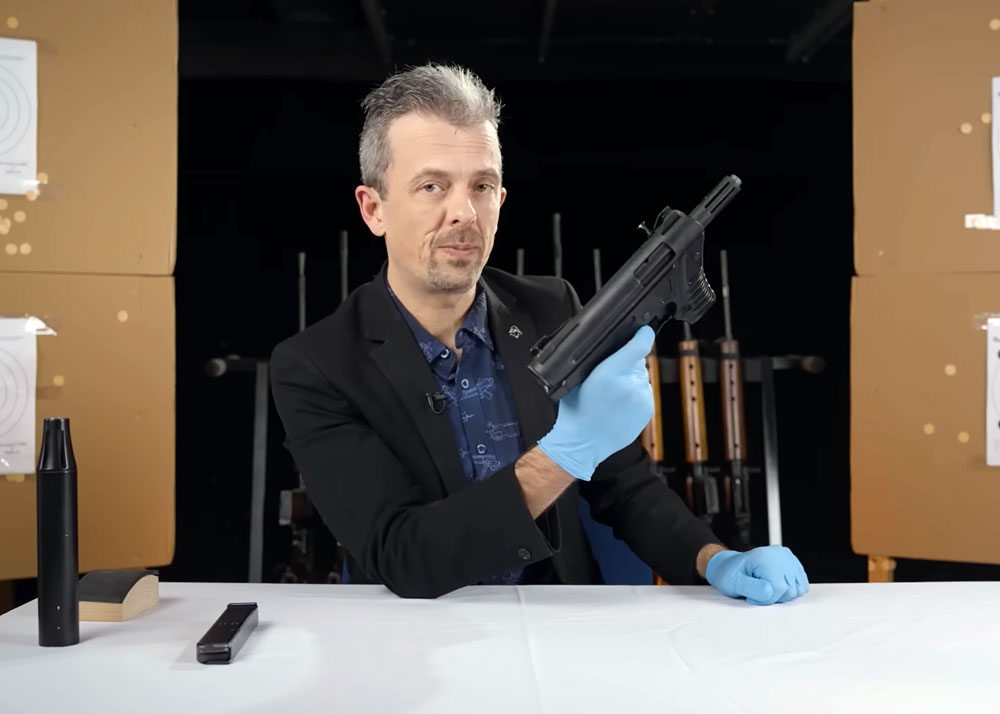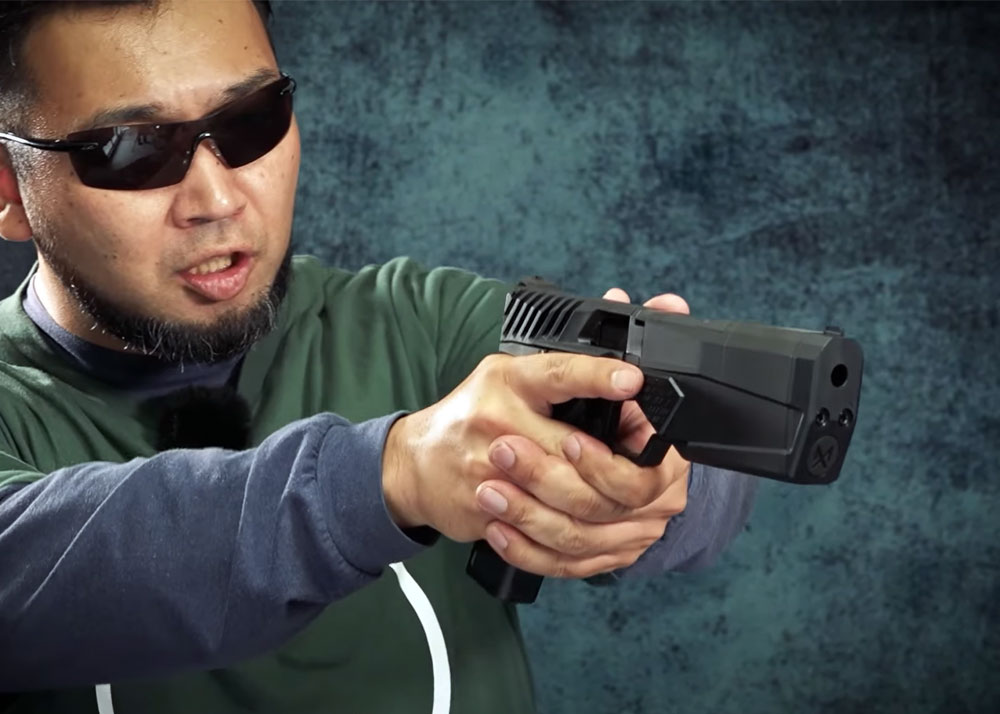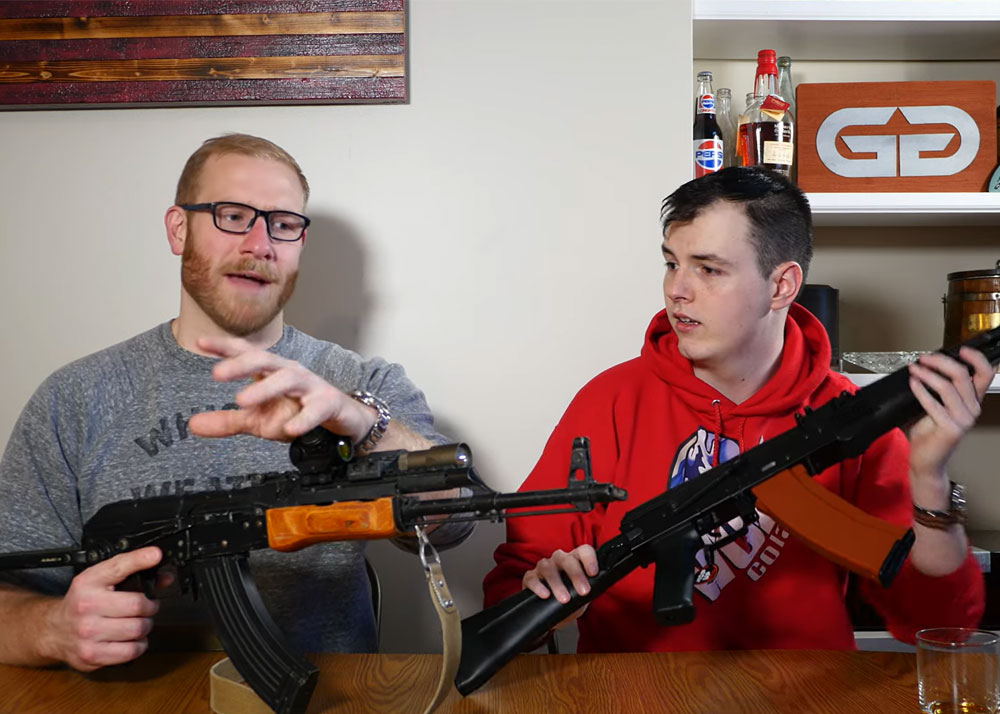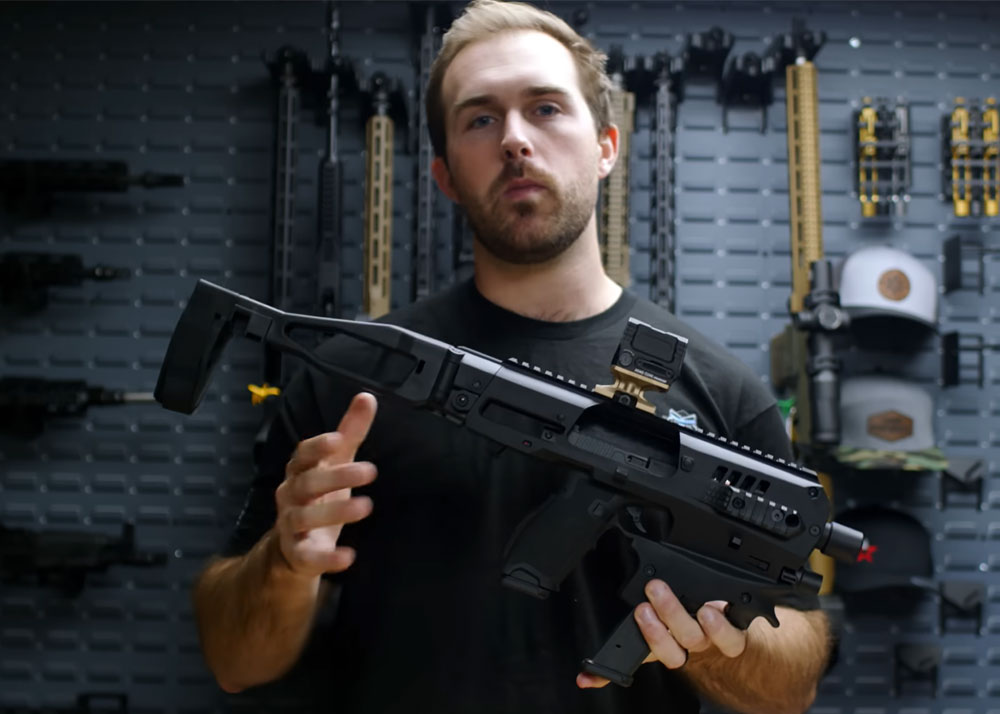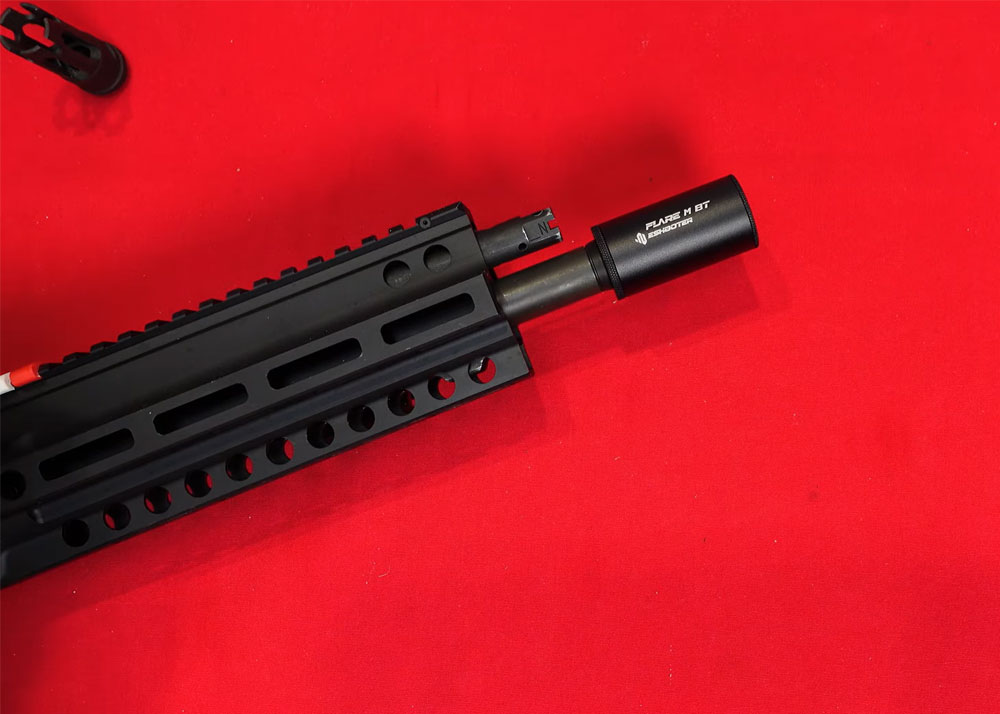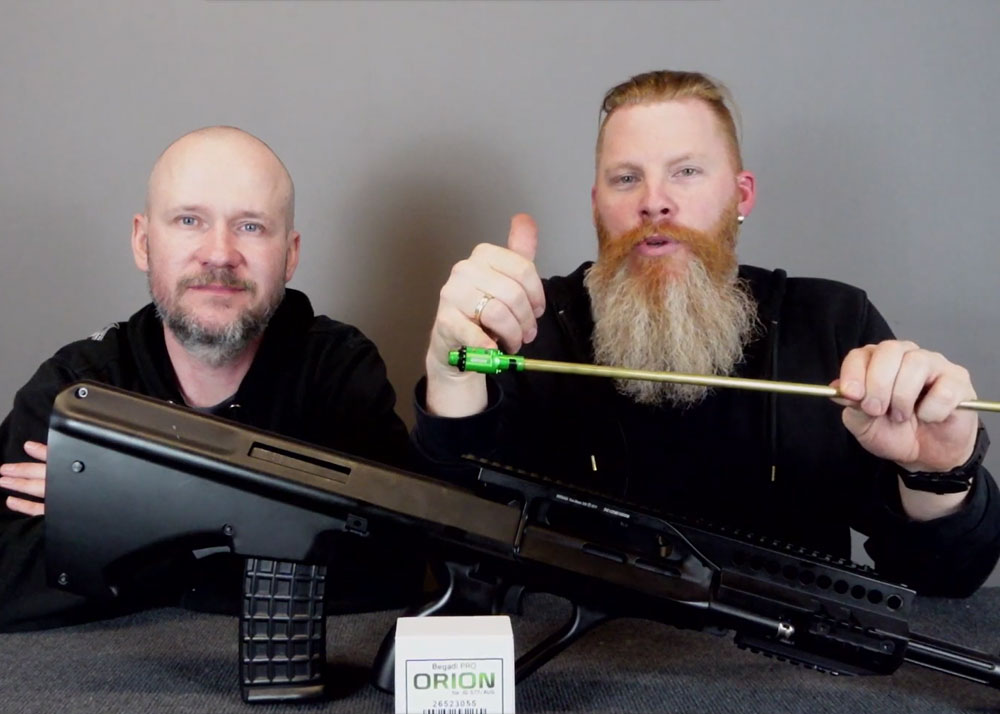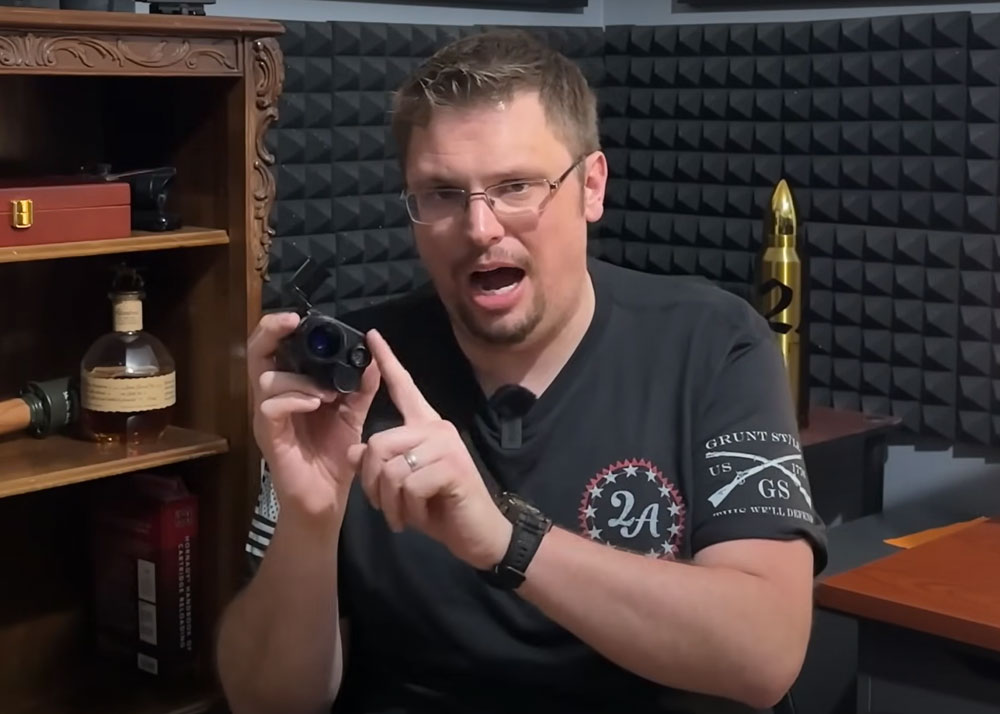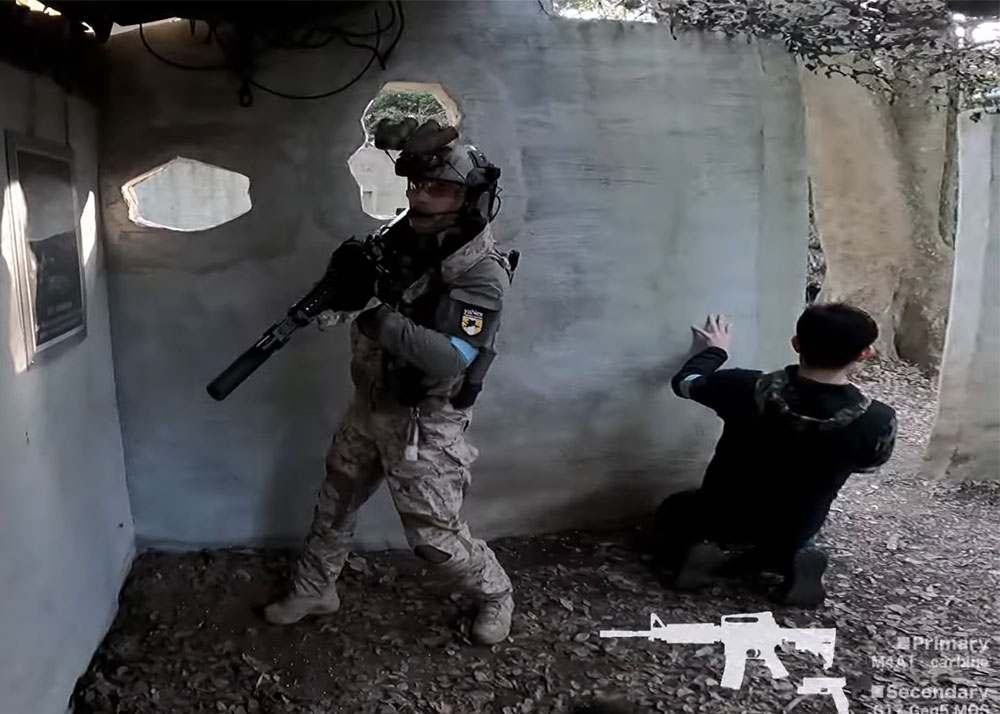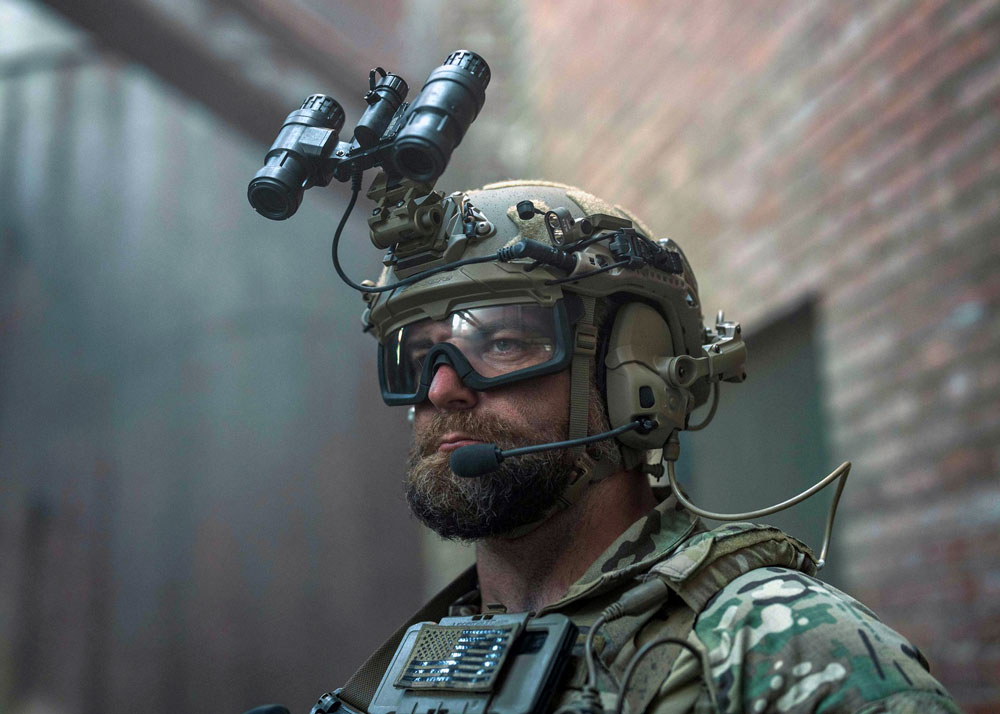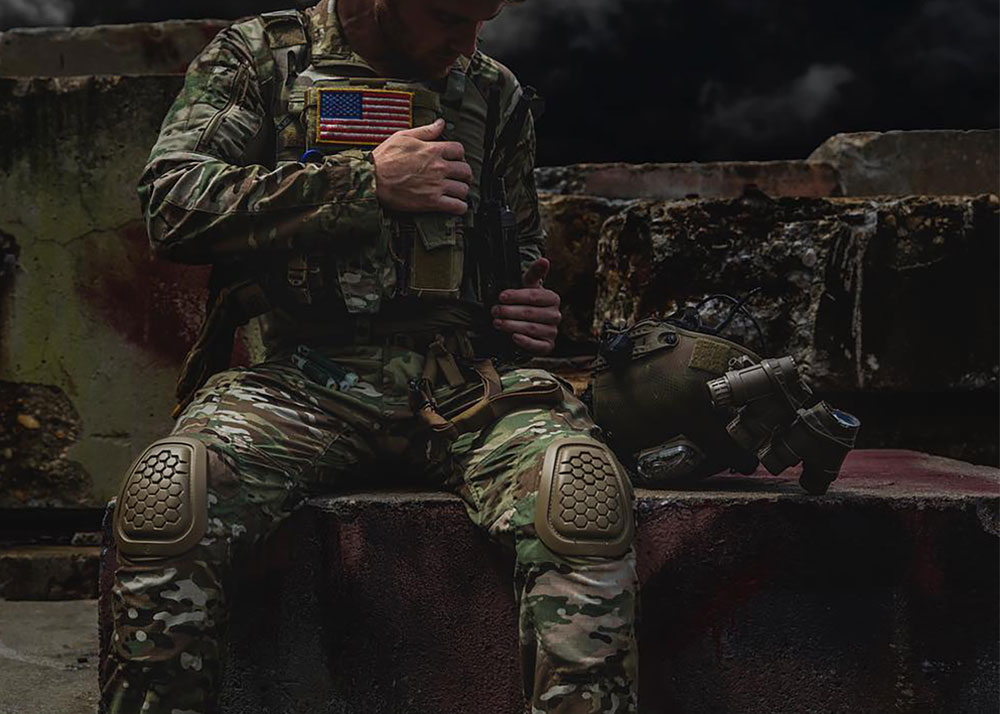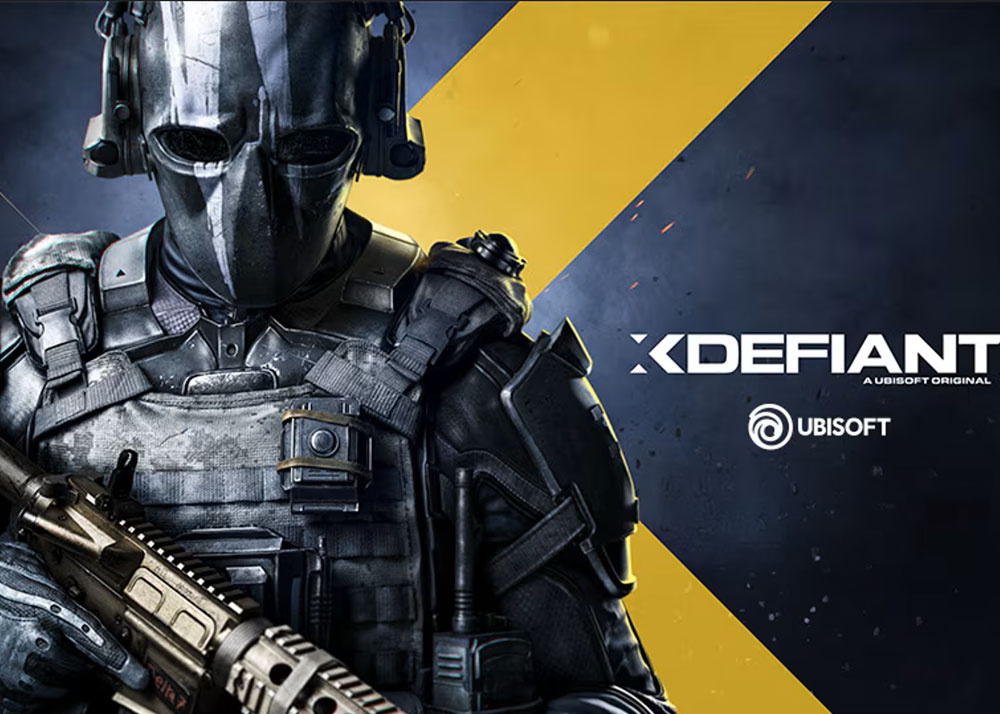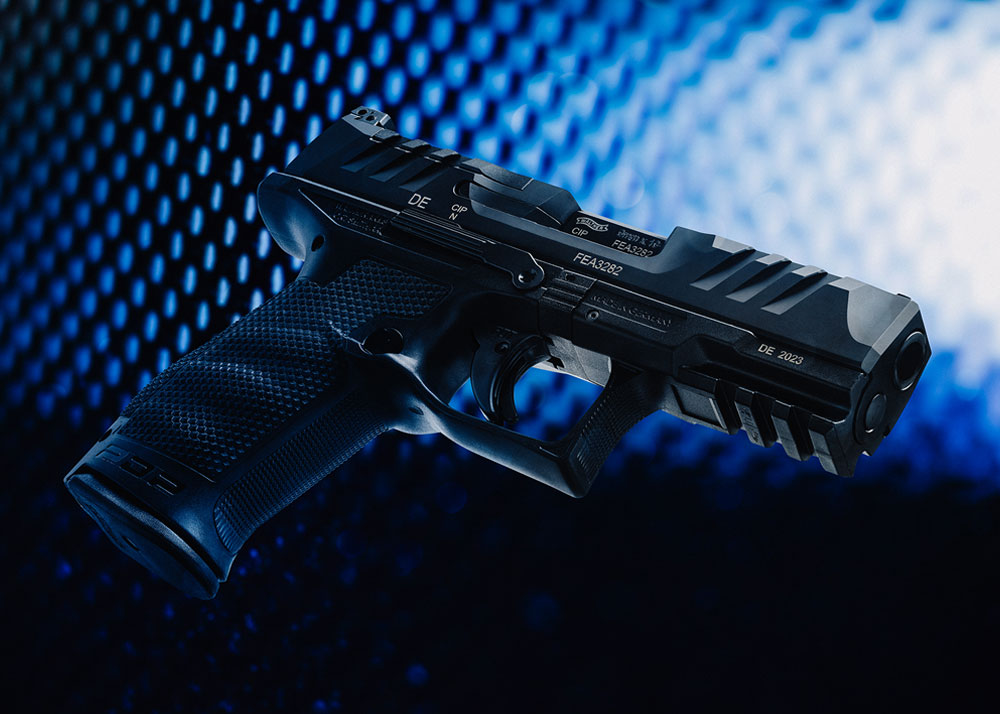Are Today's Airsoft Guns Not Built To Last?
Logan
12 Jun 2012
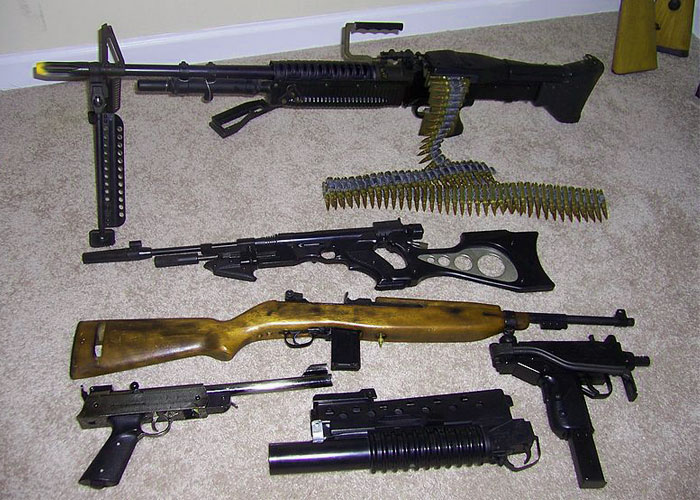
This is a very interesting topic that was posted at AirsoftForum.com and should be discussed by every airsoft community. Why? Because arguing (not flaming) or discussing to answer such question will bring the finer and rougher points of airsoft guns. It's also an exercise among serious airsoft players in making purchase decisions and for airsoft manufacturers to plan their product line-up. Optimus Prime forwarded the link to me and asked me to give it a shot. And so, my answer is:
Yes and no.
In any industry, there will always be products that are built to last and products that are destined to the trash heap immediately. Manufacturers will position their products accordingly: their intended customers, what the market can bear, and profit margins. Customers are also a factor depending on what they will do to the products after buying it such as customization, abuse, and what have you. What I will point out here is applicable to almost industry, although there are some industries where planned obsolescence is the norm, especially in a very fast moving industry such as high-technology (computers, mobile phones, etc.). In airsoft, the case is always about what usually happens in industries. Let me explain how:
PRICE POINTS/ECONOMICS
High-end airsoft guns are usually much durable and will last for years. As such manufacturers will try to extract the maximum profit in such products since they won't expect these to be replaced in years, and pricing will tend to be high given the research and development, materials used, testing, packaging, labor and quality control. Tokyo Marui AEGs, Classic Airsoft guns, and the PolarStar have high price points, but the quality is there. In my experience, spending on TM AEGs was well worth it as they lasted me for years, and they make me feel that I have squeezed out every cent in their performance. But I have to say that I don't really find TM AEGs to be really that expensive as they can outperform some high-priced AEGs in the market. Plus, the legendary hop-up system itself is something I always want.
Low-cost airsoft games, which we usually read as ACMs (TM-Clones are not to be lumped with this term) are intended to the budget conscious customers which Mainland China manufacturers are usually after since that's the opening they find in the market if they want to make money in airsoft. However, low cost comes low quality, shoddy production, poor packaging, and intellectual property violations.
Both high-end and low-end products have their purposes and however we curse the unaffordable high end airsoft guns, and the dubious performance of the cheap ACMs, we also admire the performance and reliability of the pricier airsoft guns, and affordability of the ACMs. One cannot be with the other. ACMs introduce players with low budgets to airsoft, and the proliferation of ACMs actually increased the popularity of airsoft around the world. Airsoft players graduating from the use of ACMs will move to higher priced airsoft guns when they want more performance and reliability thus high-end ones benefit too. ACMs benefit from the high-ends by blatantly copying their products.
"You get what you pay for" always rings true. Such also is the case in airsoft.
There are caveats too. Some higher-priced ones are all form but no substance. And some airsoft companies are plain lazy too on product development, riding on the innovation or production capabilities of other companies.
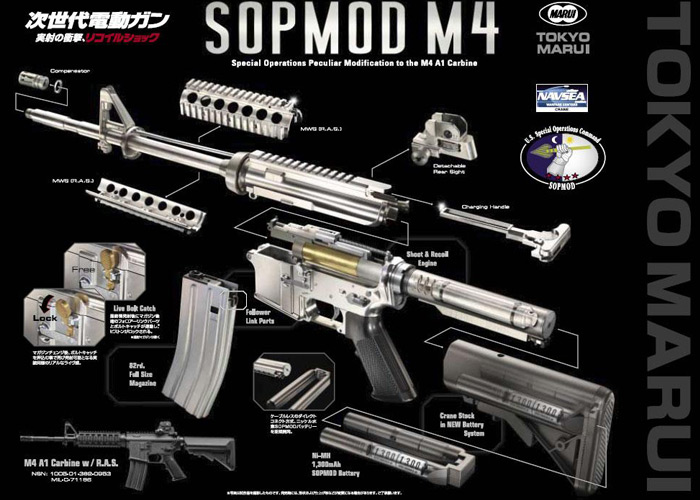
COMPLEXITY AND WEAR AND TEAR
The more moving parts, the more points of failure (including human failure). AEGs have more moving parts than the HPAs and Gas Blowbacks. Thus, materials and quality control are very important in assuring customers that the products they get can last longer. If shoddy production, low-paid labor, and poor materials are part of the inputs, the faster wear and tear when such products are subjected to abuse. And in airsoft, such products will be pushed to their limits all the time.
If you look at most airsoft guns, their internal designs are always similar. But then, why don't they perform the same? That's where companies who spend more on quality in terms of materials and production stand out from the rest of the pack.
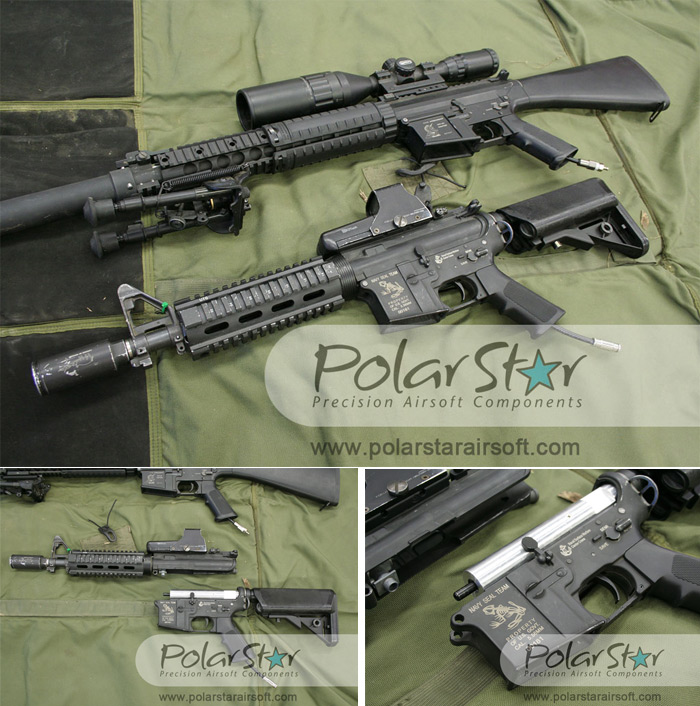
USER FACTOR
Upgrading will increase the performance of airsoft guns, but then it will also introduce more stress to the airsoft gun lessening its lifespan. A Tokyo Marui AEG, used as is with no upgrades done to it, will last for years. Airsoft guns with higher ROF or higher FPS tend to have shorter lives and they will have higher probabilities of breakage. Customization will increase the amount of money spent in airsoft guns, but it will not guarantee long life, and in fact will be a factor to shorter airsoft gun lives.
How we abuse our airsoft guns such as how often we use them and how often do we maintain them will determine how long they will last too. An airsoft gun that is often used but requires less maintenance is always what by airsoft budget is allotted for.
The abovementioned points can be used in general about the production and use of airsoft guns. As for going into actual specifics of each airsoft gun model from different brands, then such granular debates will be more about the competitive aspects of the industry, not the general discussion on durability and reliability of airsoft guns. An airsoft manufacturer will decide how it will approach the market and that decision will affect the quality of products they will produce. There will always be trade-offs.

